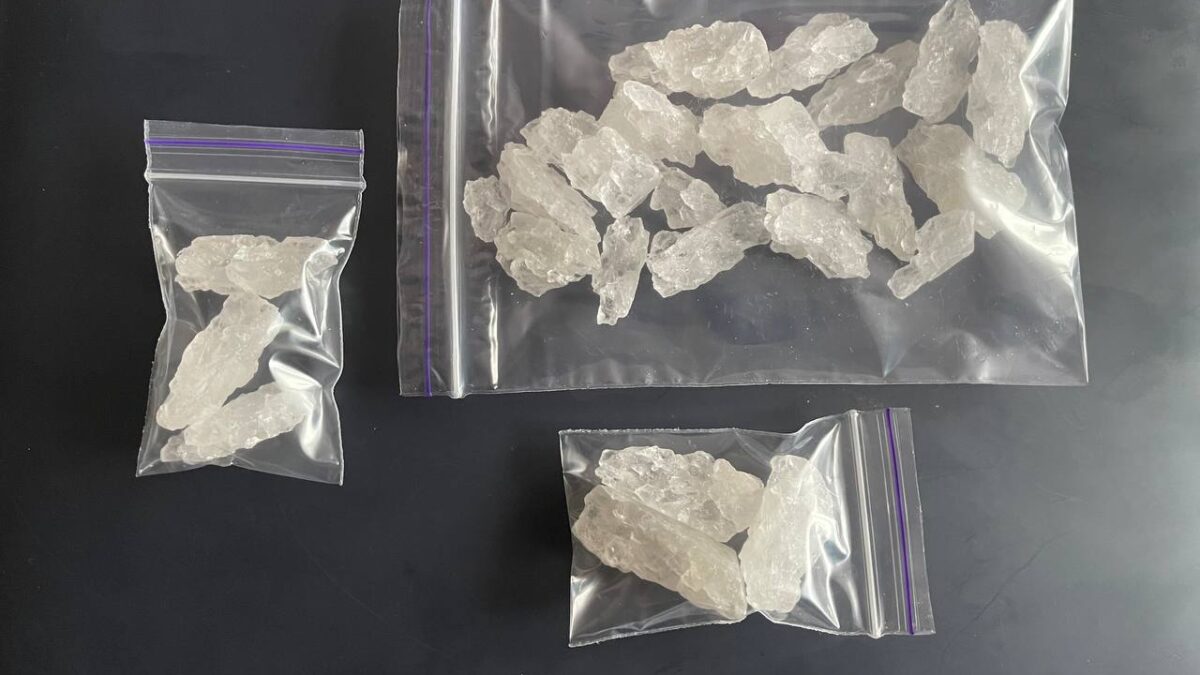Meth binge recovery

Methamphetamine withdrawal

Pervitin drug
Meth recovery
After completing treatment for meth addiction, the next stage is recovery. People recovering from prolonged methamphetamine abuse experience triggers and cravings that can cause relapse. To avoid relapse, individuals must commit to their sobriety and seek assistance when needed.
Recovering from meth addiction involves several steps. It begins with treatment, which helps people overcome methamphetamine abuse problems through detoxification and behavioral therapies. But recovery continues when rehab ends.
Completing treatment does not ensure sobriety. Addiction is a brain disease that can compromise abstinence. People in recovery from methamphetamine addiction must commit to staying sober for their entire lives.

Stages of Meth binge recovery
Meth recovery occurs in five stages. The first two weeks are the most intense. But over time and with help and support, people learn new skills to overcome meth abuse and discover new life interests.
1. Withdrawal Stage (Days 0 to 15)
The withdrawal stage is the first phase of recovery. During withdrawal, people can experience fatigue, disorientation and depression as well as shaking and heart palpitations. Meth withdrawal symptoms should be managed at a rehab facility, where trained addiction professionals can administer antidepressants to improve mood, concentration and sleep quality.
2. Honeymoon Stage Days 16 to 45
After meth withdrawal ends, the body begins to recover. Cravings fade, energy increases, and mood, confidence and optimism improve. In some cases, however, individuals falsely believe their meth problem has ended. This causes many rehab clients to leave treatment and continue using alcohol or other drugs.
3. The Wall Days 46 to 120
During this stage of meth recovery, individuals are particularly vulnerable to relapse. They also find little pleasure in life and experience low energy, difficulty concentrating, irritability and insomnia. Clients often believe these symptoms are long-term problems.
4. Adjustment Stage Days 121 to 180
The risk for relapse reduces during the adjustment stage of meth recovery. During this phase, people feel accomplished and optimistic. They begin to adapt to their new lifestyle, which may include new jobs or relationships.
5. Resolution Stage Day 181 onward
The resolution stage represents six months of sobriety. By the six-month benchmark, people have transitioned from learning new skills to sustain sobriety to knowing the signs of relapse, maintaining a new lifestyle and identifying new areas of interest.
What Meth binge recovery Is Like
Recovery can be a struggle during the first few months. People who complete treatment often face triggers that lead to cravings. They may go back to old neighborhoods where they used to engage in meth use, which can lead to relapse.
Many individuals recovering from meth addiction continue to work on their sobriety after rehab. They attend 12-step meetings such as Crystal Meth Anonymous, where they communicate with others in recovery and learn ways to avoid triggers and manage cravings.
People in recovery might still feel the effects of past meth abuse. For example, meth mouth does not go away after treatment. To treat tooth decay or gum disease caused by meth use, it is important to visit a dentist as soon as possible.
Dental experts might be able to craft a treatment plan and offer tips for addressing mouth disease, including sores in the mouth. Those in recovery can also improve oral health by avoiding sugary products such as soda or candy.
Depression, a common symptom of meth addiction, can also linger into recovery. This mental illness affects how a person thinks, feels and handles daily activities. A combination of therapy and medications can help improve mood and reduce depressive thoughts.
Brain Recovery After Meth Abuse
Meth addiction permanently changes the brain. According to the National Institute on Drug Abuse, studies have shown that chronic meth use alters the part of the brain that controls emotions and memory. It can also reduce motor speed and impair verbal learning.
This means that people in recovery from meth addiction may have problems learning and controlling impulses. They may have problems in school, at work or within the family. It takes time and commitment to overcome lingering problems caused by meth abuse.
But scientists have found that the brains of methamphetamine users can improve over time. In fact, brain scans show that reduced dopamine levels in the brain caused by continued meth use improve significantly after 14 months of abstinence from the drug.
Ways to Avoid Meth Relapse
Relapse is common among people recovering from drug addiction. According to the National Institute on Drug Abuse, 40 to 60 percent of those in addiction recovery experience a relapse after completing rehab.
Cravings can be difficult to handle, but they do not last long. According to the Counseling and Psychological Services department at University of California, Santa Cruz, urges to use meth often last only 15 to 30 minutes. Knowing that these feelings will subside can help people avoid giving in to urges.
Ways to avoid relapse:
- Understand your triggers and avoid situations that can cause relapse, such as parties or concerts
- Craft a plan for avoiding triggers
- Establish relationships with people who do not use drugs
- Spend time with people you trust and who care about your well-being
- Engage in healthy activities that you enjoy, such as playing sports
People recovering from meth addiction should continue therapy after completing meth treatment. Therapy can keep people focused on their sobriety. Recovering addicts may also move to a sober living home — a residence where people practice a sober lifestyle.
These strategies can assist those in recovery to maintain abstinence. If you have experienced a relapse, please contact a meth hotline. An admissions representative will offer advice and walk you through your options for additional rehab treatment.
Medical Disclaimer: Pervitinboss.com aims to improve the quality of life for people struggling with a substance use or mental health disorder with fact-based content about the nature of behavioral health conditions, treatment options and their related outcomes. We publish material that is researched, cited, edited and reviewed by licensed medical professionals. The information we provide is not intended to be a substitute for professional medical advice, diagnosis or treatment. It should not be used in place of the advice of your physician or other qualified healthcare provider.

